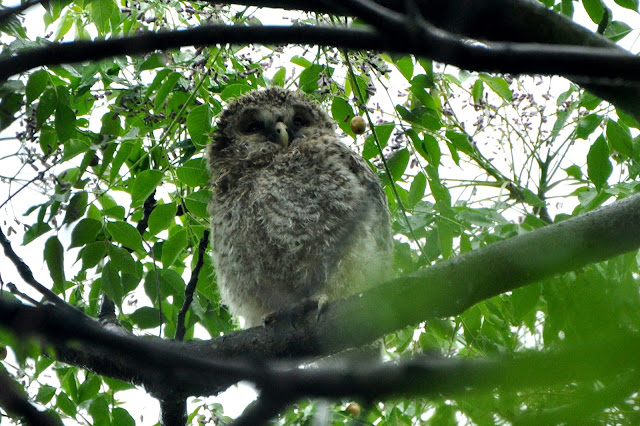In
spring when the Ayu, or Sweetfish move upstream to spawn, birds gather at this
point in the Kikuchi river, where it drops down a few meters in elevation. They
scan the waters near the wall, making slow peddling movements with their feet. There is always a
lot of action, as the birds fight fiercely over the best location. It makes me wonder why they don’t stick to an easy diet of rice paddy frogs. I guess this shows my lazy side and Ayu tastes much
better. They sure make a good meal at the izakayas!
コサギ, Little Egret
コサギ, Little Egret and ダイサギ, Great Egret
Patience and concentration
ゴイサギ, Black-crowned Night Heron

アオサギ, Grey Heron and ゴイサギ, Black-crowned Night Heron





















































